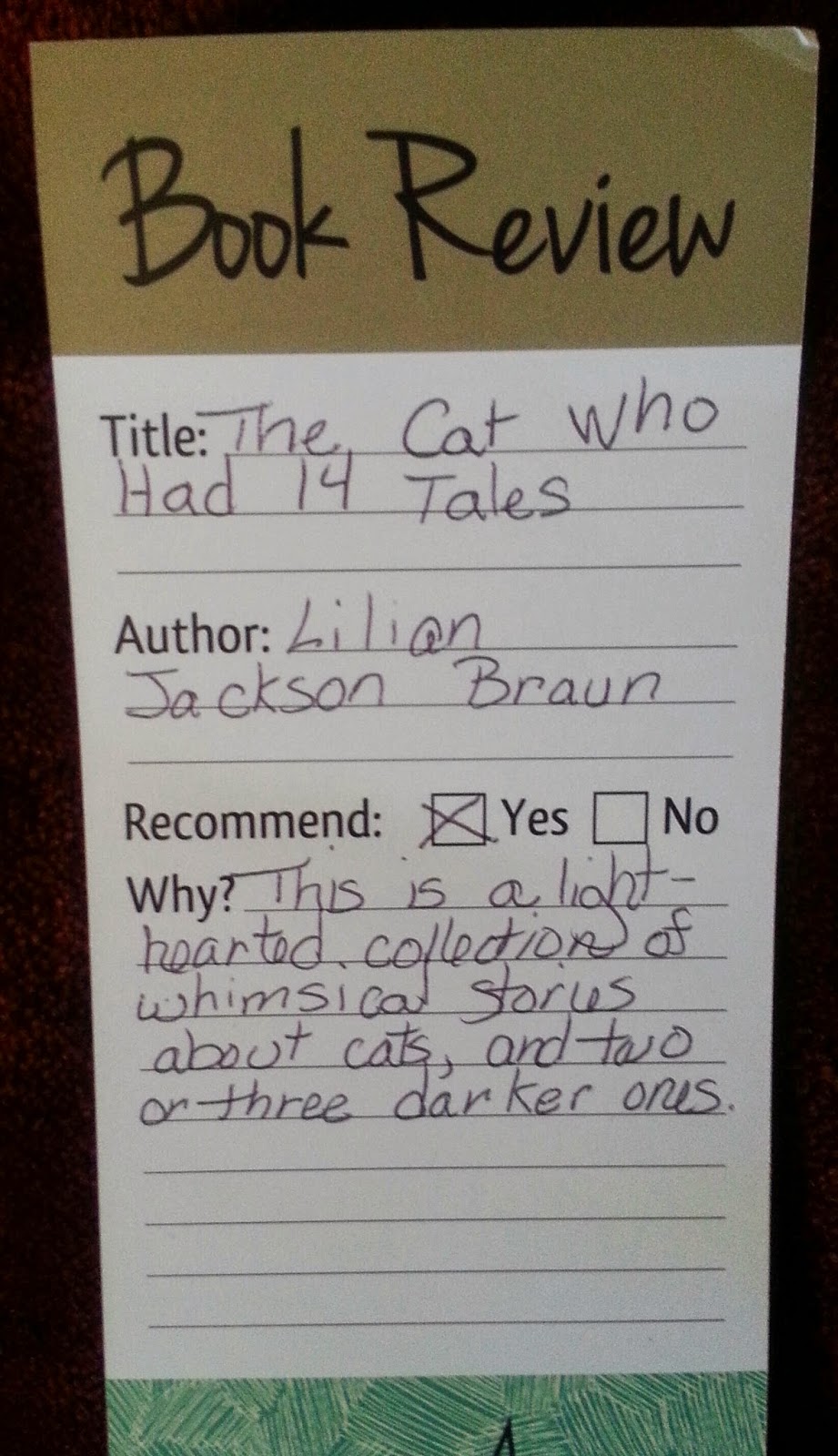 Eats, Shoots & Leaves: The Zero Tolerance Approach to Punctuation by Lynne Truss
Eats, Shoots & Leaves: The Zero Tolerance Approach to Punctuation by Lynne TrussMy rating: 5 of 5 stars
Why? Bite: This is an interesting and humorous look at the evolution of punctuation, its proper application, and its possible future from a British perspective.
This book is highly enjoyable for anyone who is easily irritated by today’s lack of writing savvy, be it in print or on the internet. Originally written for the British market, and thus primarily dealing with British usage, this best-selling book was very popular with American readers as well. This publication offers an introduction that addresses the most noticeable differences between American and British styles. As an American, I appreciate that Truss does not lay blame for the degeneration of proper punctuation solely on our shoulders. Sometimes she playfully belittles American style, such as our practice of putting ending punctuation inside quotation marks rather than outside, and sometimes she give us kudos for doing something right, such as our continuing to use formal punctuation in the way we structure addresses. Ultimately, there is enough blame to go around, be it the casualization of communication or the advancing technology.
The best part of Truss’ approach is the ultimate conclusion that while a few, very few, rules are hard-fast and required for comprehension and clarity, the majority of rules that either people scrabble over, such as the cantankerous Oxford comma, or have fallen to the wayside altogether, such has hyphenating words, seem mostly a matter of individual style and taste. The writer is left to determine which punctuation is best suited, both for clarity and comprehension and for aesthetic value.
This book is especially informative in regards to the development and evolution of punctuation usage. Most of us use such devices every day, taking them for granted, and never giving them a second thought as to who first came up with writing a squiggly line over a dot to end a question. I would also wager that most Americans, even those who actually know the style rules we are supposed to adhere to, are unfamiliar with how our style varies from the British. I never realized the small yet significant differences, even though I studied English Literature extensively in college.
Here’s my two cents’ worth on the fate of punctuation. Necessity being the mother of invention, punctuation developed out of the need for clarity in printed text. Certain rules came to be out of demands and limitations of the technology at the time. But as technology advanced - from printing press – to typewriters – to word processors – etc. – so the outmoded rules slowly evolved to adapt. Now we find ourselves in the heart of another revolution of communication. Just as the printing press changed how information was conveyed, the internet is doing the same. No longer at the hands of the elite, educated scholars, the written word is now produced by anyone with internet access and the time to waste writing entries for Wikipedia. Punctuation is in the process of evolving to match these changes. There may be 17 uses for the comma, but many may be deemed unnecessary in today’s medium. Just as has occurred since the invention of the first punctuation marks, some uses will cease, while others will arise. At some point, someone decided italics were necessary to denote emphasis. When italics weren’t available on early computer programs and current social media, asterisks picked up the slack. When the problem of conveying tone and/or emotion arose, emoticons were invented to solve the problem. Unlike Truss, I do not feel that emoticons are “a paltry substitute for expressing oneself properly.” They serve a real purpose, to clarify the intention of a sentence, even a grammatically correct and expressive one. They are also fun to use and cute as the dickens.
So, I take comfort in knowing that, barring typos and mistakes, that I am not wrong when I make artistic choices in my writing. As long as I am following the most basic rules that are necessary, I am right regardless of whether or not I put a comma before the “and” in a list. I need to make sure the sentence conveys the message I intended, and that apostrophes, quotation marks, colons, semi-colons, and ending punctuation are properly placed and used correctly. If I choose to use ellipsis to ease into a pregnant pause, or a dash to abruptly interrupt a sentence with a separate thought, or if I eliminate an extraneous comma to clarify my intended meaning, it is of no concern of fellow grammar nazis. The goal of every “stickler” should be to encourage everyone to express themselves, not to appoint ourselves as holier-than-thou grammar police.
View all my reviews
















.jpg)



